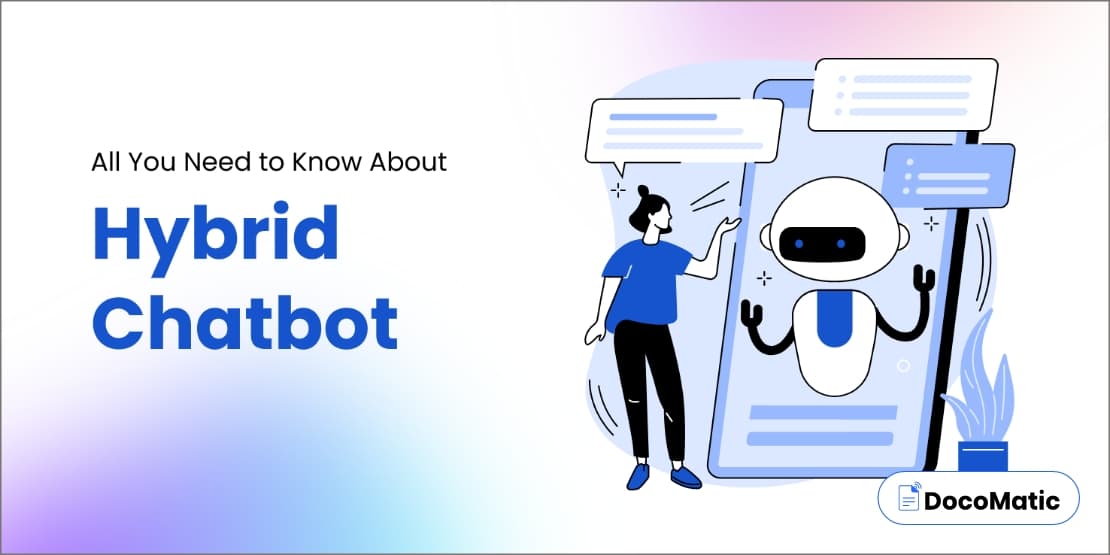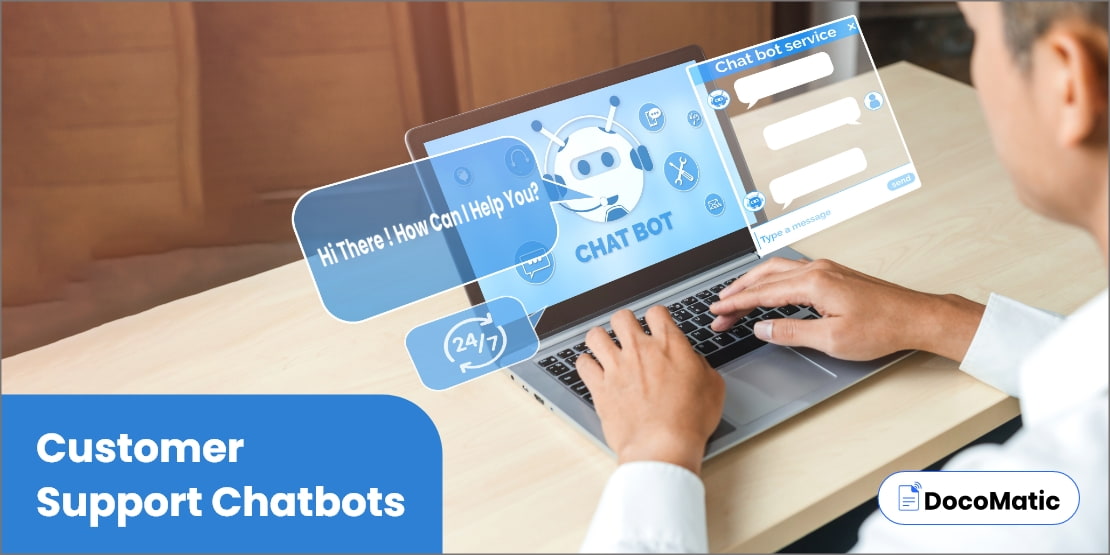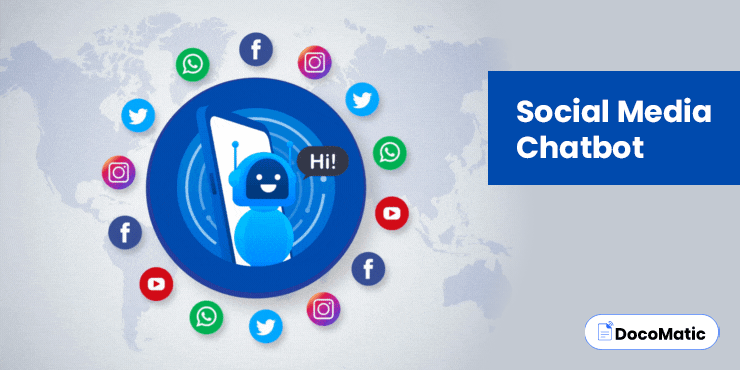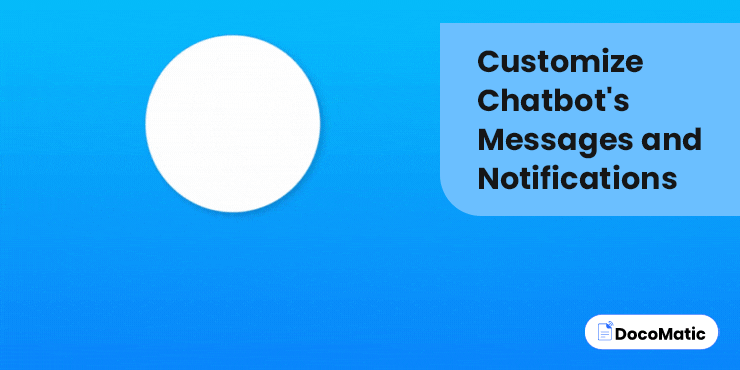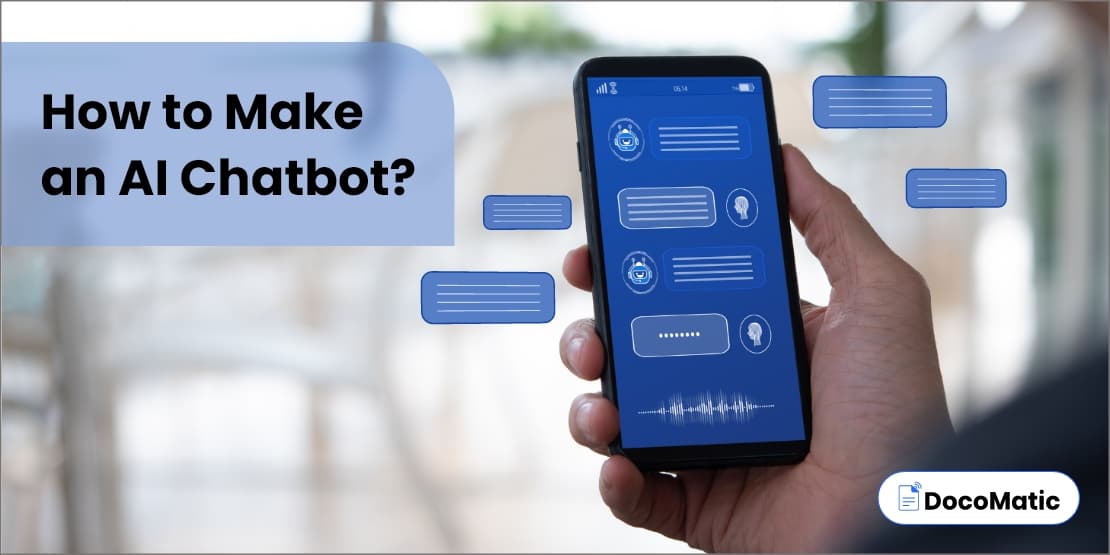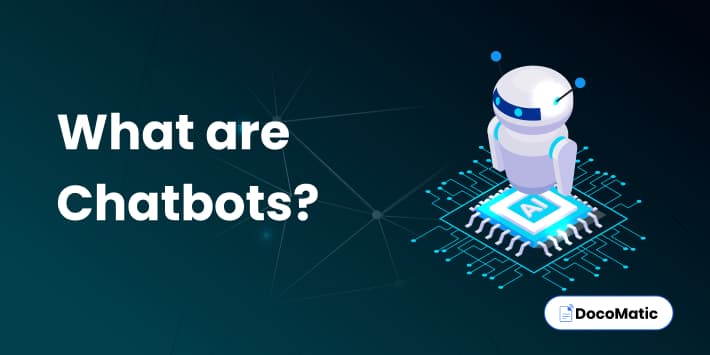During the past few years, AI chatbots have gained popularity as more and more companies use them to improve user engagement and support. Although chatbots have the potential to improve customer experiences, their usefulness is still limited.
The traditional chatbot capabilities to handle complex discussions and respond to user inquiries outside of their predefined rules were constrained. On the other hand, while chatbots powered by Artificial Intelligence (A.I.) are capable of improving their responses over time, training and maintaining them require a substantial amount of customer data and resources.
This is where Hybrid Chatbots come in. The benefits of rule-based and AI-based chatbots are combined in a Hybrid Chatbot, allowing for more flexible and natural dialogues while still keeping control over the chatbot’s responses.
In this blog, we will give you a detailed explanation about Hybrid Chatbot, its benefits, use cases, future and how to build one.
Table of Content
What is a Hybrid Chatbot?
A Hybrid Chatbot is a type of AI chatbot that integrates both rule-based and artificial intelligence (AI) technologies to provide more natural and personalized interactions with users. AI powered chatbots employ machine learning algorithms to learn from user interactions and deliver more intelligent and nuanced responses than rule-based chatbots, which rely on a fixed set of rules and responses.
To offer a better user experience, Hybrid Chatbots combine these technologies. AI enables them to handle more complicated demands, and rule-based systems ensure accuracy and consistency. For customer support engagements, Hybrid Chatbots are getting more and more popular, and this trend is predicted to continue.
Benefits of Using Hybrid Chatbots
There are several benefits of using Hybrid Chatbots, and among them, we have listed down the 4 major benefits of using Hybrid Chatbots.
A. Enhanced customer engagement
Customer engagement can be improved by adopting Hybrid Chatbots, which is one of their main advantages. Hybrid Chatbots can deliver more tailored and lifelike conversations that resemble human interactions by combining rule-based and AI-based techniques. This can improve resolving customer queries, boost customer satisfaction, encourage client loyalty as well as help connecting website visitors.
B. Improved customer experience
Another important benefit of using a Hybrid Chatbot is to improve the general customer experience. Hybrid Chatbots can assist in resolving user queries by providing more natural, flexible, and relevant conversations. This can decrease wait times, improve first-contact resolution rates, and ultimately make customers happy.
C. Better customer support
Moreover, Hybrid Chatbot solutions can offer exceptional customer service. Hybrid Chatbots can respond more quickly and accurately to a wider range of consumer questions and issues by combining rule-based and AI-based techniques. As a result, human customer service professionals can have less work to do and more time to devote to complicated problems that require human intelligence.
D. Personalization of customer interactions
Personalizing customer interactions is another advantage of adopting Hybrid Chatbots. Hybrid Chatbots can learn from consumer interactions and modify their responses to offer more individualized experiences by utilizing AI and machine learning technologies. As a result, customers’ loyalty to your brand can grow, helping to forge better relationships with them.
E. Reduced workload for customer service representatives
Hybrid Chatbots can assist in lightening the strain on customer support agents. Hybrid Chatbots can allow human agents to concentrate on more difficult issues that demand their expertise by managing a larger range of consumer inquiries and issues. This can boost the effectiveness and efficiency of your customer service staff, which will eventually result in happier clients.
How to Build a Hybrid Chatbot?
To build your own chatbot, you have to follow these 6 steps and ensure each one is performed accurately.
Step 1: Determine your use case
Determining your use case is important before developing a Hybrid Chatbot. What particular functions or chats would you like your chatbot to perform? Which user interactions are you looking to support? By responding to these questions, you can choose the ideal method for developing your Hybrid Chatbot.
Step 2: Choose a chatbot development platform
After deciding on your use case, choosing a chatbot development platform is the next step. There are numerous platforms for building chatbots, each with unique advantages and disadvantages. Microsoft Bot Framework, IBM Watson Assistant, and Dialogflow are a few of the more well-liked choices. While selecting a chatbot platform, keep things like cost, scalability, and ease of use in mind.
Step 3: Define your chatbot’s dialogue flow
The dialogue flow of your chatbot needs to be defined next. This entails planning the user conversations your chatbot will engage in as well as specifying the kinds of responses it will offer. The conversation paths and responses can be written out in a document or shown visually using a flowchart.
Step 4: Implement rule-based and AI-based approaches
You’ll need to use both rule-based and AI-based techniques to build a Hybrid Chatbot. While AI-based approaches utilize machine learning algorithms to learn from user interactions and deliver more natural replies, rule-based approaches require setting specific rules and responses for specific user inputs. For your use case, find the ideal ratio of rule-based and AI-based approaches.
Step 5: Train your chatbot
The next step is to train your chatbot after you’ve deployed its dialogue flow and strategies. To enable it to learn and develop over time, this entails giving it data and examples of user interactions. With the help of Natural Language Processing (NLP), your chatbot will respond with greater accuracy and naturalness as you offer more information.
Step 6: Test and refine your chatbot
Lastly, the crucial step comes in testing and refining your chatbot. This entails putting your chatbot to the test with various scenarios and user inputs, then making adjustments to the discussion flow and techniques based on the findings. After you’re satisfied with the performance of your Hybrid Chatbot, keep testing and iterating.
If you are looking for an in-depth process, do check out our comprehensive guide on building your own AI chatbot.
Future of Hybrid Chatbots
1. Increased adoption of Hybrid Chatbots
- Hybrid Chatbots can provide more real and personalized conversations with customers, leading to improved customer satisfaction and retention rates.
- It can reduce cost and increase efficiency for businesses.
2. Evolution of AI and ML technology
- Much more advanced Hybrid Chatbots will be created as AI and machine learning technology continue to progress.
- As sentiment analysis and natural language processing advance, chatbots will be able to comprehend and respond to progressively more complicated user requests.
- Advancements in machine learning algorithms will allow chatbots to continuously learn and improve from user interactions.
3. Potential impact on job roles in the customer service industry
- Hybrid Chatbots will manage a significant number of basic and repetitive tasks, but there will still be a need for human customer service representatives to handle more complex issues and provide personalized support.
- Customer service agents’ responsibilities may change in the future to place greater emphasis on complicated problem-solving and higher-level support than on basic chores.
- Even if the demand for human customer care agents may decline in the future, chatbot interactions will still require human control and supervision.
FAQs
Yes, a hybrid chatbot can be set up on different types of channels, in collaboration with an agent. For instance, live chat (or web chat), messaging, in-app messaging, etc. It is basically programmed in a way that dialogues with humans to provide an automated and personalized reply.
Machine learning algorithms that analyze massive quantities of data and learn from user interactions can be used to train Hybrid Chatbots. Moreover, AI chatbots can understand more complicated requests and answer correctly with the aid of natural language processing (NLP) and sentiment analysis. Any AI bot you integrate, it will be able to handle ever more complicated user requests as they continue to learn and develop over time.
Indeed, Hybrid Chatbots can be employed in both marketing and sales. Chatbots can understand user requirements and preferences and present individualized recommendations and offers by utilizing machine learning algorithms and NLP. In order to give sales teams useful customer data and insights, chatbots can also be integrated with customer relationship management (CRM) systems.
Companies can utilize a well-designed rule-based framework to make sure Hybrid Chatbots give users accurate and consistent information. In order to guarantee that users obtain correct and consistent information, rule-based systems might offer a set of preset answers to frequently asked user questions. Businesses can also use machine learning algorithms to track chatbot interactions over time and enhance accuracy and consistency.
Conclusion
For companies trying to boost efficiency and consumer relations, Hybrid Chatbots are a potent tool. Hybrid Chatbots can offer user interactions that are accurate and consistent while still being natural and personalized by combining the capabilities of rule-based and artificial intelligence technology.
We may anticipate a rise in the use of Hybrid Chatbots across a variety of industries, from healthcare to sales and marketing, as technology advances and chatbots become even more sophisticated. Hybrid Chatbots are an intriguing new technology to watch in the near future.
In this blog, we have focused only on Hybrid Chatbot. But, there are several other types of chatbots available. Make sure you check them out too to improve your knowledge base.
In this blog, we have focused only on Hybrid Chatbot. But there are several other types of chatbots available. Make sure you check them out, too, to improve your knowledge base.
